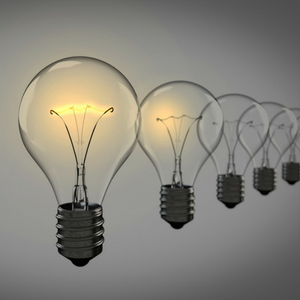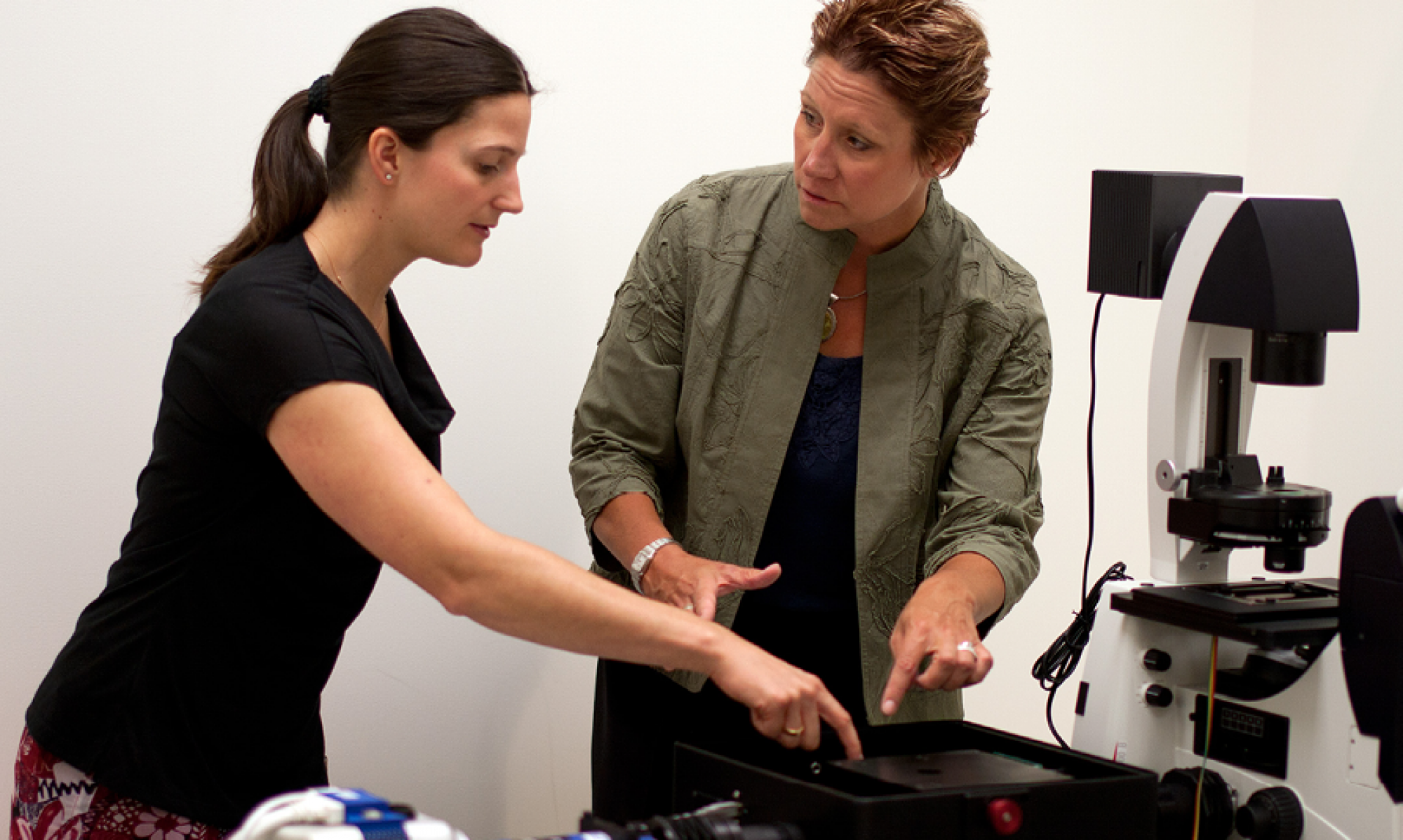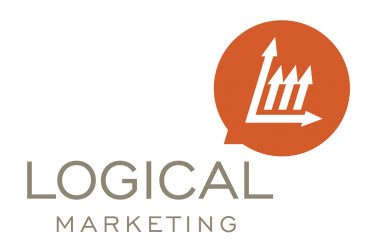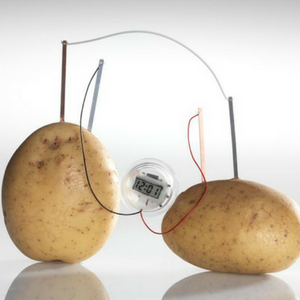Are you the electricity or the light bulb?
Do you provide the energy? the activator in your group? or are you the creative one? The one with more ideas than light bulbs?
This article is on “forcing” the bulb time. Yes, I’m mixing metaphors.
The Data
Creativity is a necessary skill in the 21st century. As we do less manual labor and more knowledge work, our brain and being able to tap into its creativity and problem-solving centers becomes uber important.
The latest research into creativity is focused on creating “flow states” — that optimal state of consciousness where we feel our best and perform our best. This is when you get going and cannot stop, do not want to stop, and wish you could type faster and work longer.
To achieve flow three conditions must be met (according to the research):
- Be involved in an activity with a clear set of goals and progress.
- The task at hand must have clear and immediate feedback.
- Good balance between perceived challenges of the task of their own perceived skills at solving the challenges.
Strategies
Since the scientists have proven three conditions must be met for you and your team to be in the “flow zone” while being creative, your strategies must require planning to create environments where the three conditions are met: goals, immediate feedback, achievable challenges.
Sales plan example
- X numbers of leads
- X/Y leads turn into opportunities
- X/Y/Z opportunities turn into orders
- Orders shipped turn into sales (don’t forget this part, sometimes the factory can’t do this!)
Want to increase sales? Increase X, decrease Y or Z, or increase $ per sale. It is really this simple and yet it is so hard to execute. Our difficulty with executing a sales plan will often derive from an inability to get into ‘flow’ with the process.
Analyze your process where does it work, where does it bog down? Do you get the leads but the have a difficult time following up? Do you follow up but do not get the order?
Use the strategy of optimizing flow to lower energy barriers for execution. We do what we like. If we get orders, then we’ll likely do more of the difficult stuff to get the orders. Lowered energy barrier. Be creative & strategic about how you can permanently lower energy barriers to execute your sales plan.
Flow focuses on goals, immediate feedback, and perceived matching of challenges to capabilities. Setting a sales goal of $/month or $/year fails on at least two of these fronts. Instead, focus on setting up the systems or processes — these can meet the criteria of flow:
- # of calls per day
- ## of quotes per month
- ### of leads of a certain type
Marketing content example
The theory is that content is king.
Content will drive the customers to the sales people. Content will filter out the non-sales leads. Content will enable customers with needs today to find us.
The person given the task of writing said content says “what content, what can we say, what can we not say, do you have any photos?” Content is now dead in the water.
Fail to plan, plan to fail.
Develop the plan. Use your theory of flow: goals, feedback, achievable.
- Start with ### of leads of a certain type (from the sales plan).
- What do they need to know?
- How will you measure if it worked (or didn’t)?
Often writing content stalls out because there was a failure to find one of the conditions of flow. Don’t know the segment; don’t know what they need to know; inability to fill page due to lack of knowledge. Brainstorm how you can work around the roadblocks and barriers. Can you and your team find a way to flow around the issues like water?
Tactics
The daily challenge of finding flow is just that, a daily challenge. We get distracted by the environment (too hot, too cold, too bright, too messy). We have that nagging shopping list, taxes to fill out, etc. Some authors about flow suggest that dealing with the distractions is absolutely required in order to find peace and enter the flow state.
5 ideas on how to get into flow:
- Just write. My professor in technical writing told us when we can’t get going, to find a timer and write for 45 minutes about anything. After 45 minutes, throw that out; start on real project.
- Lean in. Start the piece. Outline. Find resources and pictures. Get going (but don’t throw it out) and soon you will find yourself in the flow of the work.
- Minimize distractions. Turn off the phone; turn off email and facebook alerts; give yourself permission to focus. Sometimes it is as simple as saying I have permission to work on work.
- Windshield time. 20 minutes of windshield time is what I need to have epiphany after epiphany. It’s amazing how many ideas I have on the off ramp at Louisiana. Now I just need to record them without crashing the car!
- Brainstorm. Write down ideas. Any ideas. There are no bad ideas. Build on what was said or written down before. Fishbone diagrams, whatever. Soon you will be amazed at the great ideas you are having.





